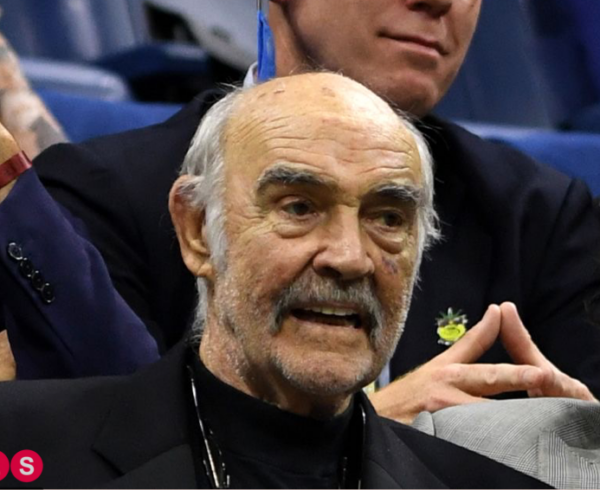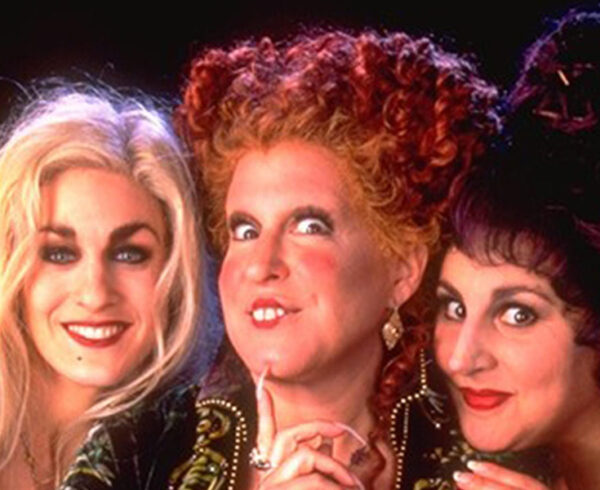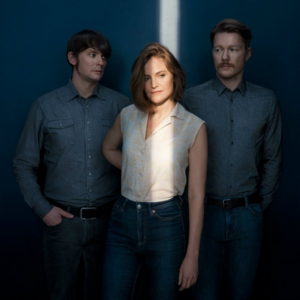Carl Dreyer’s Landmark Silent Film Passion of Joan of Arc Was Released in 1928 and Again in 1999 on DVD
The Passion of Joan of Arc, released in 1928, restored in 1985 and released on DVD 1999, is a black and white silent film classic by Carl Th. Dreyer. This black and white silent film classic follows the trial and execution of the French farm girl known as the Virgin of Orlêans. It stars Maria Falconetti, Eugene Silvain, André Berley, Maurice Schutz, Antonin Artaud and was directed by Carl Dreyer.
In 1431, the 18-year-old Joan (Renée Falconetti) was captured in battle in Burgundy during the Hundred Years War. She was brought to Normandy where French clerics were in sympathy with the British, as much of Normandy and the surrounding area had been in English hands for centuries.
For a month, Joan was interred in a military prison and interrogated by clerics on fourteen separate occasions because she insisted she heard messages from God. She was tried as a heretic.
Dreyer’s dialogue draws mainly from the transcripts of those interrogations and vividly captures the mystical and confounding way in which Joan responds to these learned men. Her simplicity and forthright answers to their harsh and disbelieving questions infuriated their desire to condemn her. She was also beaten and harassed continuously by guards.
The film itself is a masterpiece unlike anything in the silent era. Dreyer’s use of close-up shots dominate the 82-minute film. The inquisitor’s deceit and treachery and the innocence and devotion on Joan’s face fill nearly every moment of this story so that the viewer is completely engaged in the two opposite emotional points of view. It is said that the filming process was so all consuming for Falconetti that she never again appeared in film.
The history of the film is also notable. Dreyer was prompted to make the film about Joan of Arc because she was canonized in 1920, more than five hundred years after her execution and just six years before the start of production. Before Dreyer could complete an edit of the film that satisfied the French Film Society, the original negative was destroyed in a fire. For fifty years only fragments of duplicate film existed until a nearly complete version was discovered in the custodian’s closet of a Norwegian mental hospital!
In 1988 composer Richard Einhorn viewed the film and wrote and produced the oratorio, Visions of Light. His musical masterpiece drew on medieval liturgy and the writings of female mystics who were known during this same period.
This combination of great story, innovative cinematography and moving musical accompaniment has been a favorite of mine since in Annapolis, MD, in 2004, I saw a live musical performance of Visions while the Dreyer film was shown simultaneously. I purchased my own DVD version and have watched it at least once every January since then.
It could be argued that Dreyer’s depiction of Joan’s unique gifts established the filmmaking trope of a character in humble circumstance receiving metaphysical powers useful for some salvific plan. Since then, there has been no shortage of similar stories. Most of these are awful. For me the best were The Fisher King, Birdman and the new Netflix series, OA. The Dreyer/Einhorn combination sets the bar for compelling art.
Whether it was Dreyer’s plan or not, it is clear that his depiction of a humble French farm maid hearing from God and simply speaking against corruption fuels the hopefulness of any imagination.
This trailer does not include the beautiful music of Einhorn, but we’ve included a track below of his music from the movie. If you want the full version of the movie with Einhorn’s music, it’s available on Amazon.












